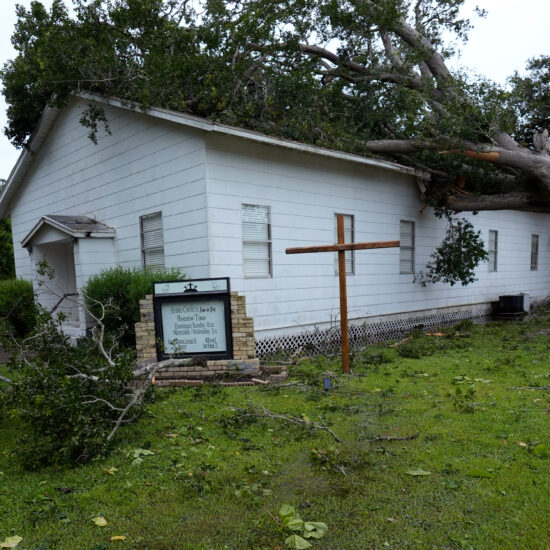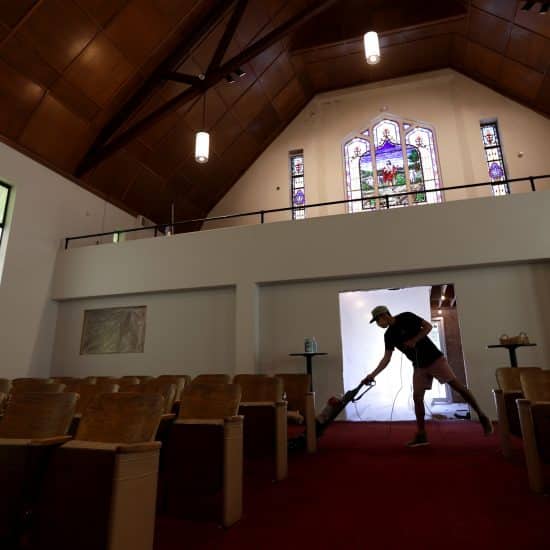By Vicki Brown
Word&Way Correspondent
Your church has agreed to allow a sister congregation to use the church’s van for a mission trip. The van is involved in an accident and passengers are injured. You serve on your congregation’s transportation committee. Can you be sued?
A worker in your church nursery has been convicted of sexual misconduct. You are a deacon. Can you be sued?
Every year individual members face legal action either because the church does not have adequate insurance coverage or because it lacks policies and procedures.
In the first case, you could be sued as an individual if your church lacks adequate directors and officers insurance. D&O is designed to protect individuals acting in their capacity as church decision makers – generally trustees, deacons, ministerial staff, and leaders on boards and committees.
Designed to protect leaders against breach of duty claims, D&O generally includes coverage for an actual or alleged act of omission, error, misstatement, misleading statement, neglect or breach of duty.
Transportation committee members are at risk in an actual incident. The church provided D&O coverage as part of its package policy, which includes property, liability and crime insurance. However, it failed to include D&O as part of its umbrella or excess liability policy.
Plaintiffs may contend the committee did not keep adequate maintenance records and could sue them individually for negligence.
Leaders, particularly in churches without policies in place and in those that do not check workers backgrounds, can be vulnerable in sexual misconduct cases. By law, pastors must report to law enforcement authorities whenever an allegation has been made.
Budget time can be a good opportunity to examine the church’s current insurance and to evaluate its coverage. Make certain the policy will cover lawsuits filed during the enforcement period, even if the alleged problem is claimed to have happened years earlier.
Also determine requirements for an extended reporting period or tails, which, after a policy is cancelled, will provide coverage for alleged actions that supposedly occurred while the policy was in force.
Find out the policy’s aggregate limit, the total amount the D&O will cover for all claims within the policy’s coverage date.
Check the policy to make sure it does not contain a “failure to provide insurance” exclusion. Found in many policies, the exclusion removes coverage for lawsuits by alleging the insured (the church) did not purchase the “right” insurance or failed to buy enough insurance for a particular claim.
Practice risk management. Tyler Foster, a Missouri-based agent for GuideOne Insurance, suggests three steps to help protect the church.
• Leaders should sit down and discuss issues and develop policies and procedures to cover risks, such as nursery and other children’s ministries, youth activities, counseling situations and other possible risks.
• Have an attorney review the policies.
• Practice risk management. Educate leaders, workers and the congregation. Review policies and procedures every three to five years. Ask an attorney or the church’s insurance agent to keep leaders updated on legal changes that might affect policies.
The primary companies that insure churches, parachurch organizations and similar not-for-profits are GuideOne (www.guideone.com), Church Mutual (www.churchmutual.com) and Brotherhood Mutual (www.brotherhoodmutual.com). The three offer a variety of risk management information on everything from 15-passenger vans to baptistry safety to swimmer safety. (6-14-07)



